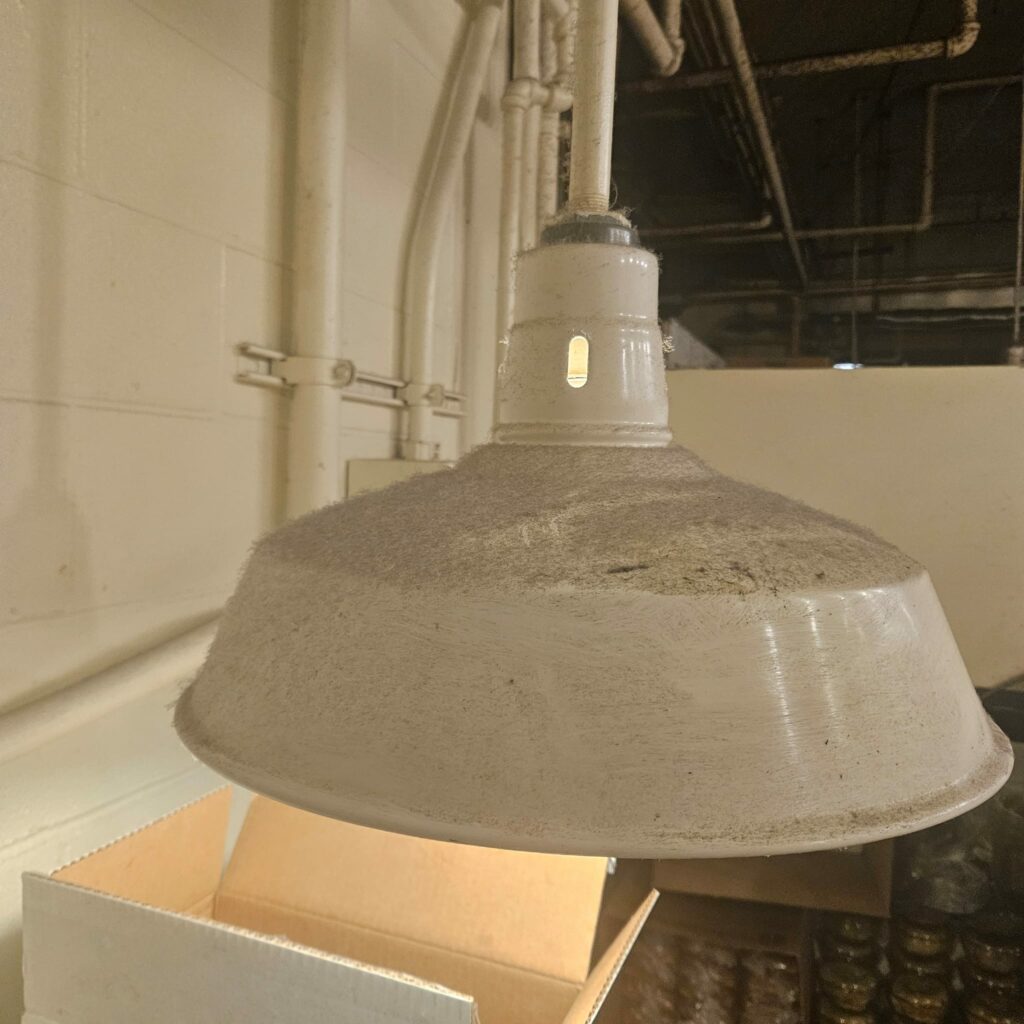What Is Dust Made Of and Why Should You Dust Hard-to-Reach Areas?
Dust—it’s everywhere. No matter how clean your home appears, it always seems to accumulate. But have you ever wondered what dust is actually made of? And more importantly, why is it so essential to dust those out-of-the-way spots that are easy to ignore? Let’s take a closer look at what dust consists of and why keeping even the hardest-to-reach areas clean is important for your home and health.
What Is Dust Made Of?
Many people assume that dust is just dirt, but it’s actually a mixture of various particles. The composition of dust can vary depending on the environment, but it generally contains:
- Dead skin cells – A large percentage of household dust comes from human and pet skin cells that shed over time.
- Fabric fibers – Tiny particles from clothing, upholstery, and carpets contribute to the dust in your home.
- Pollen and plant matter – Outdoor particles like pollen, mold spores, and plant debris can enter your home through windows, doors, and even on your clothing.
- Pet dander – If you have pets, their skin flakes and fur add to household dust levels.
- Dust mites and their droppings – These microscopic creatures thrive in dusty environments and can trigger allergies.
- Soil and debris – Dirt from shoes, open windows, and air vents often mixes with dust indoors.
- Smoke and pollution particles – If you burn candles, cook often, or live in an area with air pollution, fine soot particles can settle as dust.
Why Dusting Hard-to-Reach Areas Matters
While it’s easy to wipe down visible surfaces, dust often builds up in neglected areas like the tops of cabinets, behind furniture, under appliances, in air vents, in the rafters, and on light fixtures. Here’s why it’s important to clean these spaces regularly:
1. Improves Indoor Air Quality
Dust accumulation contributes to poor air quality, which can worsen allergies, asthma, and respiratory conditions. When disturbed, settled dust can become airborne, leading to increased exposure to irritants.
2. Reduces Allergy and Asthma Triggers
Dust mites, pet dander, and pollen are common allergens found in household dust. Letting dust build up, especially in hidden corners, can lead to more sneezing, congestion, and discomfort for allergy sufferers.
3. Prevents Pest Infestations
Certain pests, like dust mites and even cockroaches, thrive in dusty environments. Keeping hard-to-reach areas clean reduces their habitat and can help prevent infestations.
4. Extends the Life of Electronics and Appliances
Dust buildup in and around electronics can lead to overheating and reduced efficiency. Regular cleaning of vents, fans, and cords helps prevent damage and improves performance.
Conclusion
Dust is more than just an annoyance—it’s a mix of particles that can impact your health, home, and overall comfort. By making an effort to clean hard-to-reach areas, you’ll improve air quality, reduce allergens, and create a healthier living environment. Breathe easy and reach out to Sound Cleaning today for a free high dusting estimate for your home or business.

